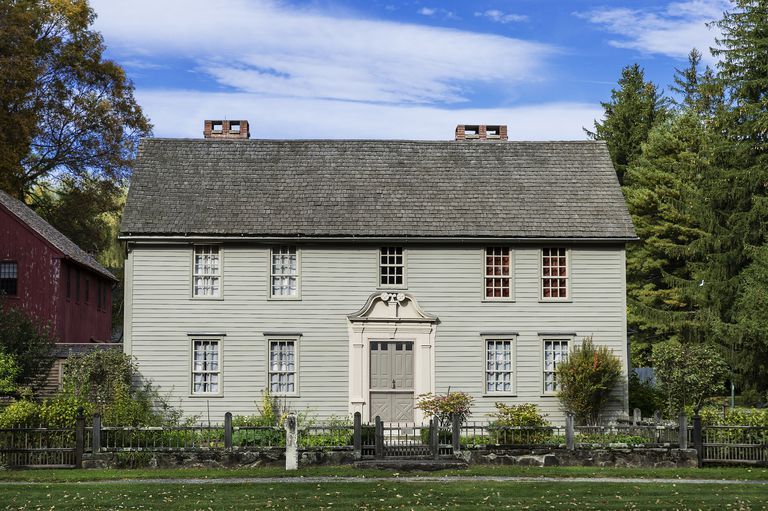

In both port cities and small towns there was a subtle shift in taste from the earlier Roman-based classicism to Greek sources. The South built great mansions during the antebellum period, often with two-story colonnades, such as Dunleith Plantation in Natchez, Miss. The later pattern books of Asher Benjamin and those of Minard Lafever spread the taste for classicism beyond the major cities of the east coast to the hinterlands. Architectural books continued to exert considerable influence as well. The field was also greatly enhanced by the arrival of several European architects, including the English-born Benjamin Henry Latrobe. Jefferson's conception of the Roman ideals of beauty and proportion was elegantly expressed in his design for the Virginia state capitol at Richmond (1785–89).Īrchitecture, previously the domain of gentlemen amateurs and master builders, became increasingly professionalized in the first half of the 19th cent. Both statesmen looked to the classical world as the best source of inspiration. Presidents George Washington and Thomas Jefferson gave serious thought to architecture and were deeply involved in the planning and building of Washington, D.C. In interior decoration, the Adam style (see Adam, Robert), as it was then popularly known in England, was soon translated to American use through the pattern books of Asher Benjamin.Ī more monumental aesthetic, which became known as the Federal style, was typical of the work of Charles Bulfinch in Boston and of Samuel McIntire in Salem, both of whom were among the growing number of native-born designers. This shift in taste coincided with the American Revolution, and the neoclassical style became closely identified with the political values of the young republic. Toward the end of the colonial period, architectural styles based on a more precise study of ancient Roman and Greek buildings were beginning to appear in Europe. Pioneer building techniques, however, persisted on the Western frontier where settlers often built cabins of logs or later of sod. Paul's Chapel in New York City (1764–66). Among the American examples are Christ Church in Philadelphia (begun 1727) and St. Many Protestant churches were adapted and simplified from contemporary English styles designed by such architects as Christopher Wren and James Gibbs. or the Pennsylvania Statehouse in Philadelphia (begun 1731).ĭuring this time a growing prosperity and widening commerce brought a new influx of well-trained artisans, and English architectural books became increasingly available. The formality and classicism of 18th-century English architecture was almost immediately reflected in the colonies, as in the official buildings of Williamsburg, Va. In the South, brick rapidly superseded wood as the chief building material, as for example, in St. In New England settlers erected many-gabled houses of wood with prominent brick chimney stacks of late Gothic inspiration, such as the Parson Capen House in Topsfield, Mass. The English settlements were of two basic types: the small town in the North and the large plantation in the South. The Dutch, who settled in New Amsterdam (now New York City), were traders for the most part, and examples of their residential work can be seen throughout the Hudson River Valley.

Mexican baroque details and church forms appeared in a new and simpler guise, as in the Texas, New Mexico, Arizona, and California missions. The Spanish impress was more permanent in the American Southwest, where settlers borrowed extensively from the Native American techniques of construction in adobe. The comparatively short Spanish domination of Florida also produced highly complex structures, including the fort at St. Only in New Orleans, where the French government sent skilled architects and engineers, was anything produced that approached the sophistication of architecture in France. Colonial architecture was subsequently adapted to the topography and climate of the chosen site, the availability of building materials, the dearth of trained builders and artisans, and the general poverty of the settlers. Settlers from various European countries brought with them the building techniques and prevailing forms of their respective homelands. with the colonization of the North American continent. Early HistoryĪmerican architecture properly begins in the 17th cent. American architecture, the architecture produced in the geographical area that now constitutes the United States.


 0 kommentar(er)
0 kommentar(er)
